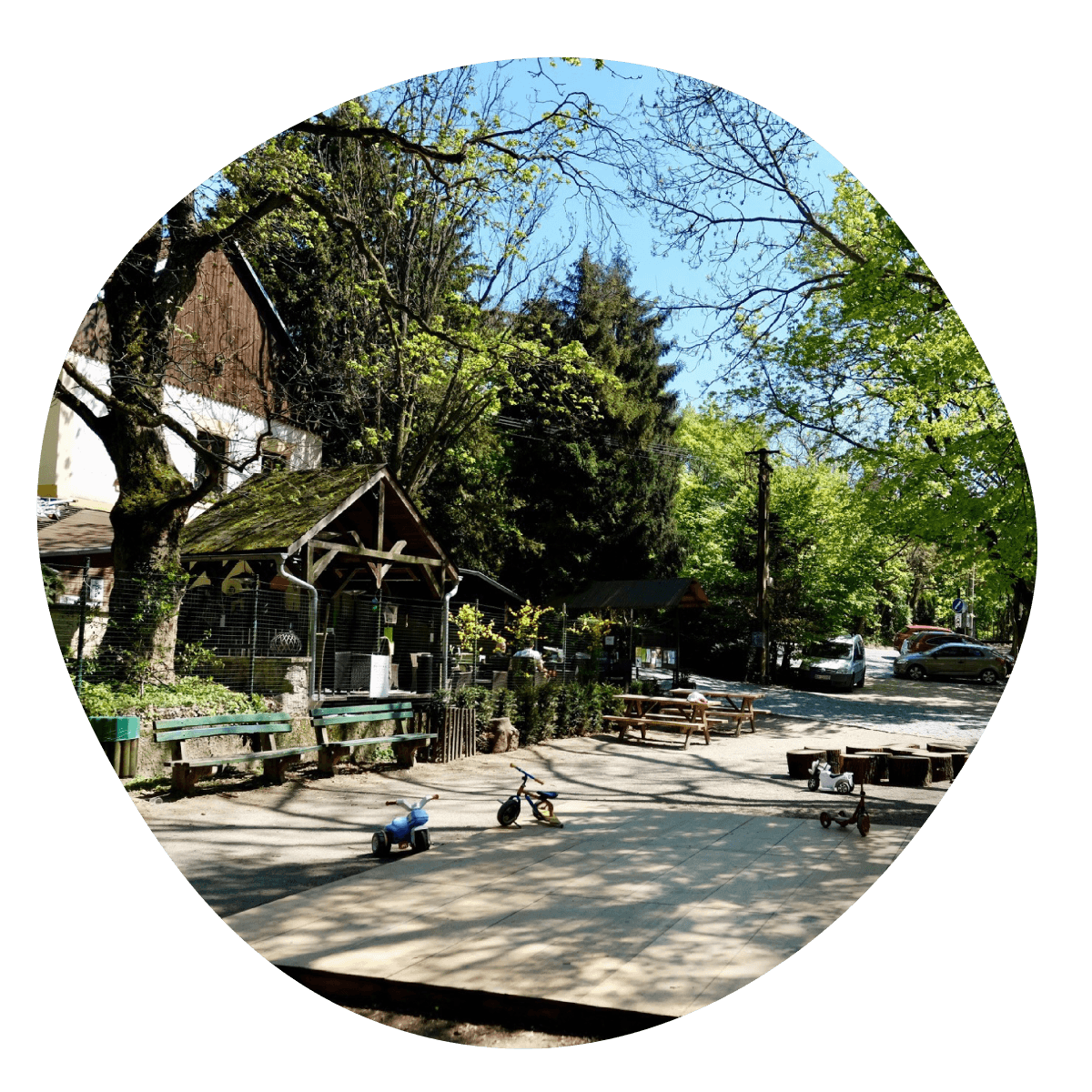Forest Park
Horský Park is one of the most valuable natural and landscape elements of the capital city; it has an irreplaceable ecological value and performs an important recreational role.
In this unique area, there is a clash between its two most important functions - recreation and nature protection. How have we developed the Care Programme for the next 30 years to ensure that all the necessary functions of the forest park are taken care of?
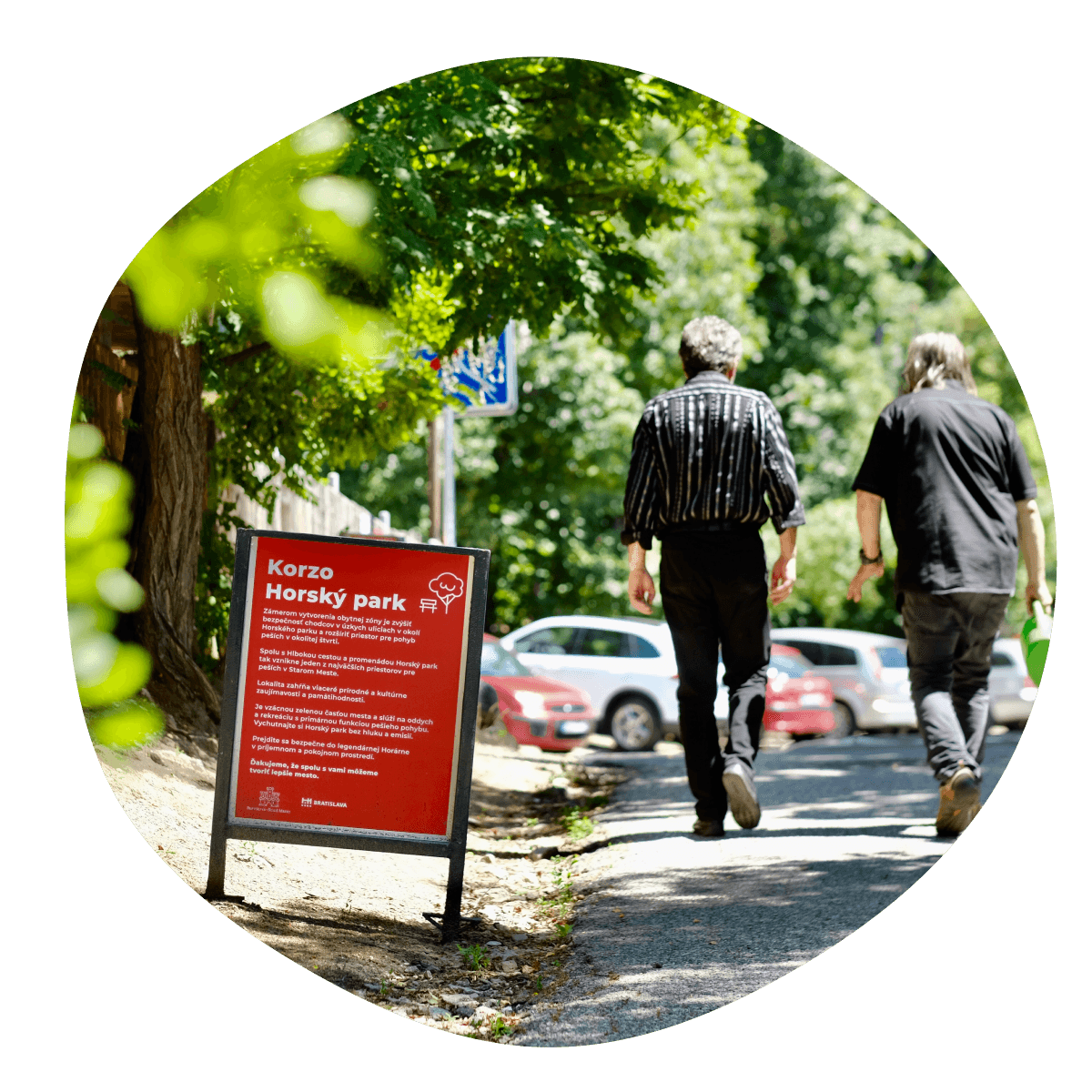
What is the new plan for use of Horský park?
The priority is the general protection of Horský Park in such a way that it can be used for protection of the environment and also for the recreation and education of visitors.
We are creating three different areas in Horský Park, each of which will primarily serve a different function.
Based on similar habitat types and different care needs, the functional areas will be divided into 5 ecological-functional areas (EFAs). Individual (EFAs) will have boundaries marked in the field.
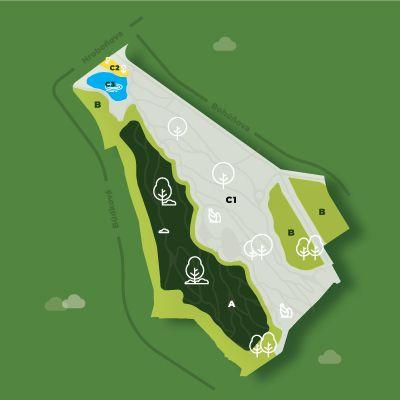
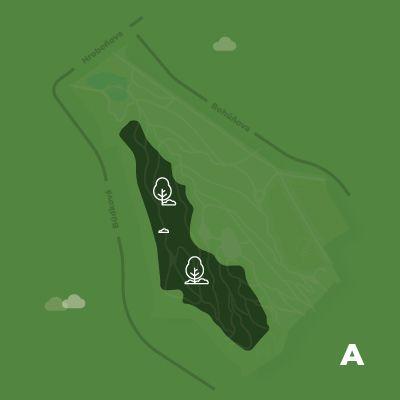
A: A forest in natural areas
An area of 5.579 hectares where nature conservation is a priority. We are taking all the measures so that we carry out as little intervention as possible. The aim is to ensure the preservation of the old forest cover in order to achieve natural processes. Once the objectives have been achieved, the area will be placed in a no-intervention regime.
In the first phase, we mark the boundaries of this area. At the entrance we install information boards with text: "Caution, natural area with no-intervention regime, increased danger of falling branches and trees. Enter at your own risk." The measure will not prohibit access to the area, but visitors should be aware that there is a risk of falling branches, trees or parts of tree crowns in this zone, so please be careful. Fallen trees and wood will be left in place and will not be handled in any way.
To ensure operational safety, we are removing all minor architectural elements such as benches, children's play elements and rubbish bins from this area. Interventions in the vegetation will initially be related to the removal of invasive plants and trees. We plant only native species here, not introduced species, and we do not prune or cut down trees.
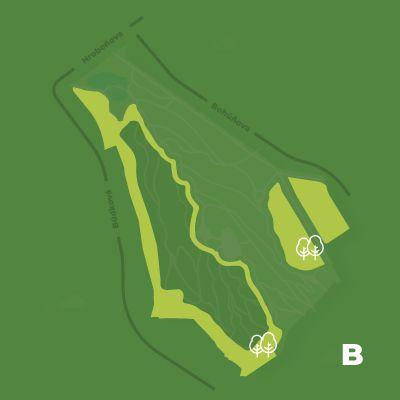
B: Transitional area forest (5.956 ha)
The main function of this ecological-functional space will be to create a kind of buffer zone between the no-intervention area and the recreational area. The aim will be to ensure preservation of the old forest cover in order to achieve natural processes.
All minor architectural elements will also be removed from this area, with the exception of the rubbish bins. Unlike EFA1, felling and pruning of dangerous trees will be feasible in exceptional cases to the minimum extent necessary, always in agreement with the State Nature Conservancy. Fallen wood will be moved within the zone as little as possible in the shortest possible time after it has fallen, and subsequently will be left to remain stationary.
Interventions in vegetation will be largely related to the removal of invasive plant species. Planting on the site will be allowed with only native species.
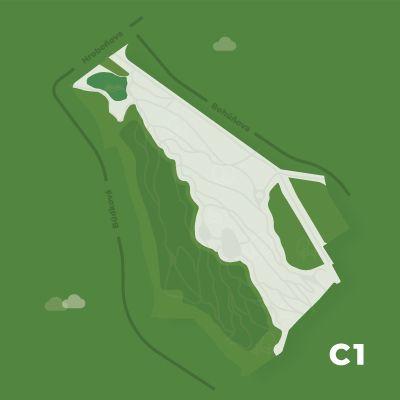
C1: Forest in the educational and recreational area (10.541 ha)
In addition to the preservation of the old forest cover in this ecological-functional area, which represents almost half of the area of Horský Park, the recreational and educational function comes to the fore. This means that the area will be managed under a special regime taking its recreational and educational use into account. Since this area is the one most frequently used by park visitors and their safety is the first priority, it will be possible to carry out safety felling of trees, trimming of branches and handling of fallen wood in this area.
It will also be possible to plant trees, herbs and install new minor architectural elements in agreement with the State Nature Conservancy. Fallen wood will be de-branched and relocated within the park if necessary. The aim of all the implemented measures will be to create appropriate conditions for the area to be fully used for educational and recreational functions.
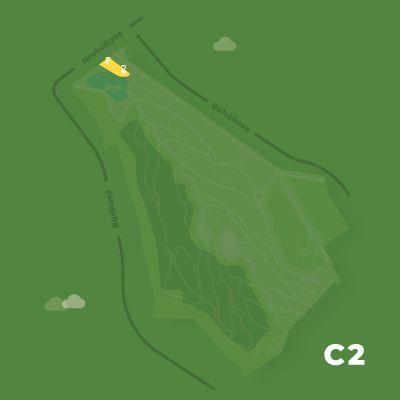
C2: Meadow in the educational and recreational area (0.132 ha)
The main role of the area defined within EFA3 will be to secure the long-term management of grassland associations, taking recreational and educational functions into account.
The meadow will be managed under a special regime, i.e. we will mow it regularly, take the material away, and we will plant suitable herbs and, in agreement with the State Nature Conservancy, install minor architectural elements.
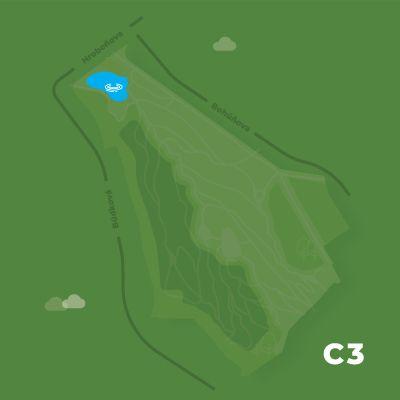
C3: Wetland in the educational and recreational area (0.411 ha)
This area defined within EFA3 will play a major role in preserving and enhancing the condition of the wetland. We want to secure the prolongation of its lifetime and take the recreational and educational function of the area into account.
We plan to create conditions to improve the environment for the amphibians found in Horský Park. In order to preserve the wetland, it is necessary to implement some technical measures in the form of enhancing the wetland.
Why zoning and the Care Programme are important?
The former nature-landscape park is outdated. Our interest is to return to the original idea of the founder (Henrich Justi) and to restore the function of the nature-landscape park, based on the possibilities of the protected area and the current needs of visitors.
Today's protected area was established as a nature-landscape park using the original forest cover. It is not easy to reconcile the interests of nature conservation with protection of the architectural composition of the historic park and to reconcile these two main functions. It calls for the establishment of a vision, with determination of the rules entailed by the approved Protected Site Care programme, together with the zoning of the area.
Today, the State Nature Conservancy oversees the care of its territory. Not just trees in good condition, but also steadily ageing and dying ones are valuable for securing natural development in the territory of the Horský Park Protected Site. They form a natural habitat for various species of fungi, plants and animals. For this reason, the park is now deliberately left with decaying and fallen trees.
We focus on securing the natural regeneration of the stand with the control of invasive plant species.
Horský park was declared a protected park in 1986 under the State Nature Protection Act and was later re-categorised as a protected area. The same category has also been assigned to it under the current Nature and Landscape Protection Act and the 4th level of protection is in force on its territory.
Everything you wanted to know about the history and significance of Horský Park
In 2018, the public was surprised by Reuters' ranking of the "greenest" cities for tourists (Green Cities Index). After Reykjavik and Auckland, Bratislava ranked third. Although it seems to many that there are not enough green spaces in our city, few European metropolises are as close to nature as Bratislava. It is here that the protected area of Horský Park, located in the heart of the city, plays a precious role. It regulates the local microclimate, retains rainwater and reduces wind speed.
Poems in the Trees, Henrich von Justi or The Student Forest. Get to know the history of Horský Park.
In the second half of the 19th century, almost the entire north-western part of Bratislava's Old Town was covered by forests and vineyards with gardens. However, this natural environment was quite difficult to access. There was no proper road leading to the area, only a forest trail to the Chapel of Our Lady of the Snows. Between 1860 and 1868 the road was widened and modified, and Hlboká cesta street was created, which rendered this part of the town accessible. The forest that was there belonged to the Buben family, who sold it to the town; another part of it was owned by the Petzl family, who did not want to sell their part, so the town expropriated it. In 1892, the northern part of the territory, which was donated by Bratislavská sporiteľňa (the Bratislava Savings Bank), was added to Horský Park.
Horský park was established in the second half of the 19th century as part of the activity of burgomaster Henrich von Justi, who was at that time the deputy chairman of the Bratislava Embellishment Society. It was thanks to him that in 1870 the idea of transforming the forest area called the Student's Forest (Študentský les) into the Mountain Park (Horský park) came into being. The author of the road project was the municipal engineer Anton Sendlein.
Realism dominated the landscape design and emphasis was placed on the dendrological and botanical qualities of the spaces. The species composition of Horský Park was extremely rich and largely based on the trees of the original forest cover. However, since the establishment of the park, introduced species have also become an integral part of the plantations. A number of non-native trees have been planted here, especially conifers, e.g. Douglas fir, Norway fir, Japanese larch, ginkgo, bull pine, black pine, etc.
In addition to many other features in the park and minor architectural elements, in 1907.25 plaques with poems by local poets were affixed to the trees. For the protection of animals and birds, bird feeders and birdhouses were installed, public lighting and several monuments and statues were completed. The natural centre of the park became the Justi Memorial with a resting terrace. The monument was erected by the city in 1909 following the death of the prominent burgomaster and is the work of the Bratislava sculptor Alojz Rigele, a member of the Bratislava Embellishment Society.



What you can look forward to as part of the park renovation?
We also want to focus on presenting the area as an educational zone for the development of the forest community in all its stages. This will be one of the priority elements in the protected area, as it will create a so-called "no-interference zone," which will be an educational space for all those interested in the evolution of the forest cover, as well as a showcase for various study purposes.
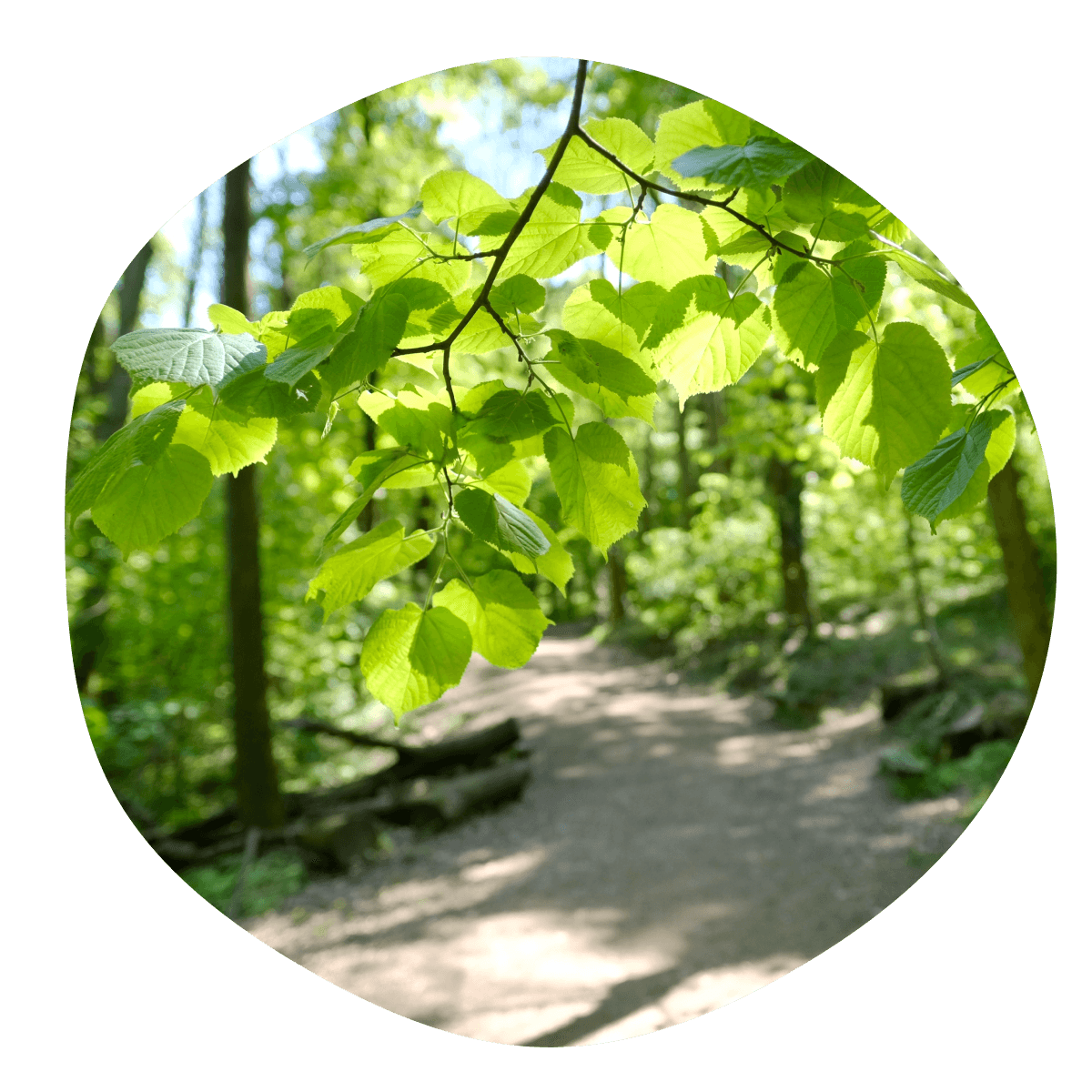
There will also be places in Horský Park to support biodiversity (insects, amphibians, birds and various fungi and plant communities) as the movement of visitors among the dying trees, which are part of the life cycle of the forest, will be progressively prevented in parts of the protected area.
In the part of the protected area outside the "no-interference zone", the recreational function will be secured, taking into account the protection of nature based on the needs of the 4th level of protection. It is here that we will restore rest areas (restoration of the circular bench), green terraces, sports zones - fitness elements, children's benches, jogging path, walking zones (path over the wetland), we will also make available places for habitat demonstration. We will revitalise the furnishings (repair of sculptures, gazebo, replacement of benches, etc.) and create space for breeding amphibians as well as educational areas for introduced woody plants.
